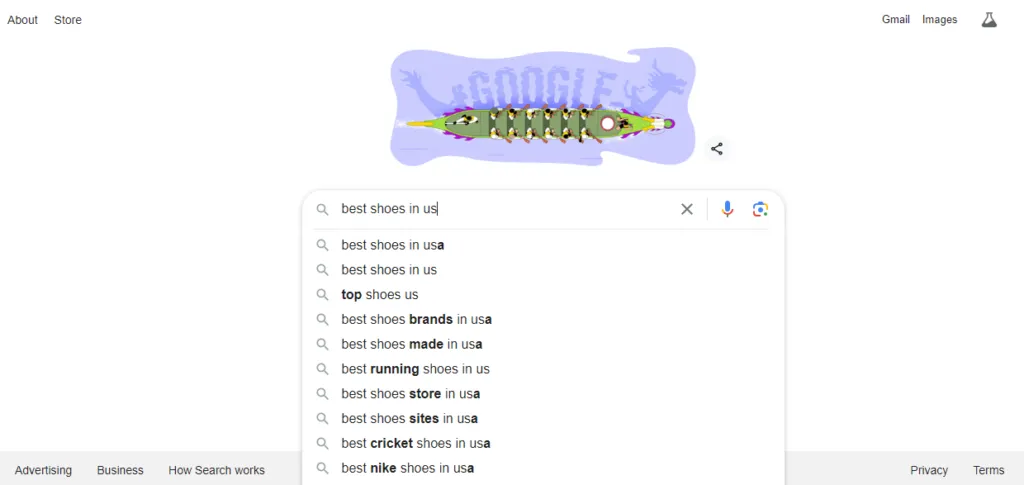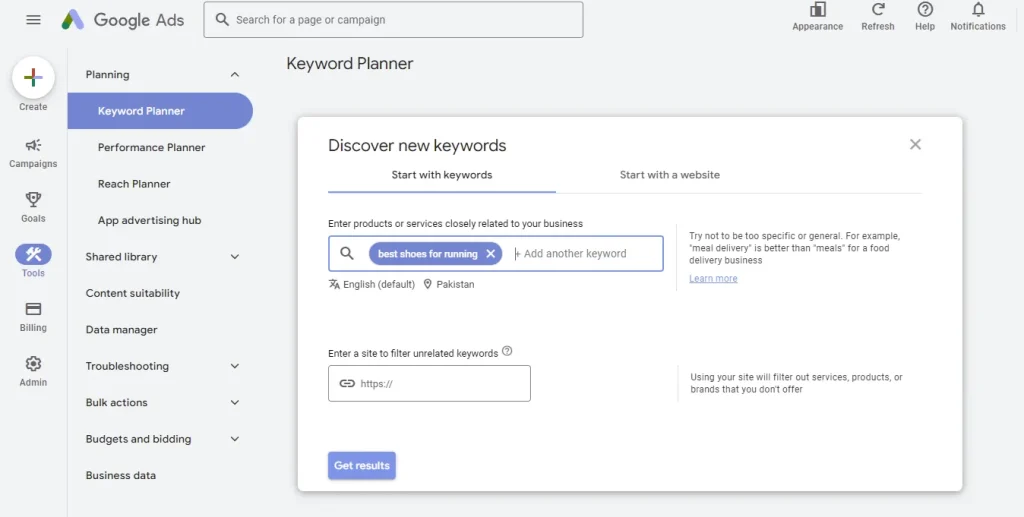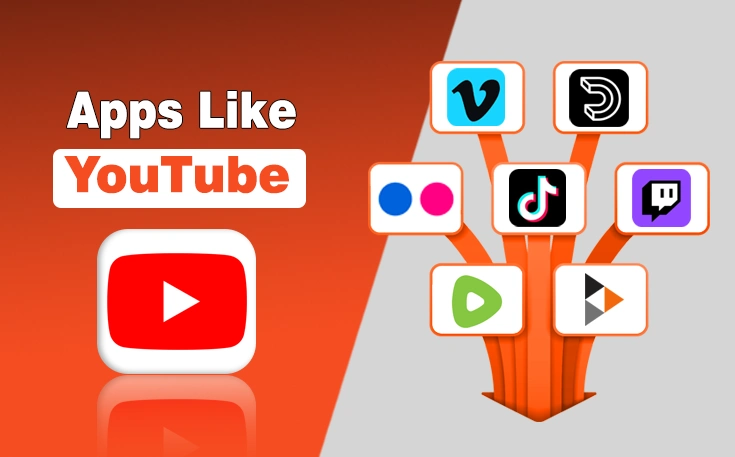Looking to boost your rank in search engine result pages? Smart use of long tail keywords could be a great idea to achieve this goal.
Keep reading the blog post to and learn how to find and use long tail keywords for SEO!
What are Long Tail Keywords?
Long tail keywords are the specific search terms or phrases that consist of more than 3 words. These keywords have low competition rates as compared to other keywords. You can easily attract high-quality traffic to your website which results in driving more conversions by using these keywords.
These keywords help brands win the competition, achieve featured snippets on search engines, and gain more visitors who are paying customers.
How To Find Long Tail Keywords? Key Steps
Below are some simple steps to find long tail keywords for your SEO campaign:
- Go to the search engine website.
- Write those search terms relevant to your brand’s products or services in the search bar.

- Identify the auto-suggestions given to you from the search engine.
- Write down the suggested long-tail keywords.
- Open the Google Ads keyword planner tool.

- Write the suggestions in it to find more relevant ideas.
- A list of the related keywords will appear.

- Analyze the search volumes, competitions and other metrics of these search terms.
- Note down those keywords which have good search volume and low competition.
You can also use tools like LongTailPro to find the best-performing keywords for your SEO tasks.
How To Use Long Tail Keywords For SEO?
You need to use long-tail keywords effectively in your content after finding the right keywords. The website’s content must be well-optimized with these search terms in order to drive more traffic.
You can add these search terms in your content’s subheadings and in multiple paragraphs strategically. Here are the best ways to use long-tail keywords for SEO in your web content.
1. Understanding The User’s Search Intent
It is essential for you to fulfill the user’s search intent in your web content to rank it higher on multiple search engines.
You must provide all the information related to the long tail keyword by considering that users are looking for information for a specific website, doing the research before making a purchase, and users are going to make a purchase. You can create your content that gives the exact solutions to users that they are looking for.
2. Strategically Placing Your Keywords
You must include long-tail keywords in the web page’s title, header tags, and paragraph, especially in the first sentence. These long keywords are hard to use in sentences, you need to be creative while using these keywords in different places of the content. You must ensure that the keywords are effectively used and maintain the readability of your articles.
3. Generating Topic Clusters
It is the most effective way to use keywords on the website by creating multiple web pages on the sub-topics of these specific search terms. You can start by creating a pillar page that focuses on long tail keywords and then create other pages that target its subtopics. Then connect these pages with the main page via internal links.
Best Practices to Optimize Content for Long Tail Keywords
These search phrases are highly beneficial in optimizing your website content. You can add these keywords to your website’s meta tags, headings, and body text.
Here are the best practices to optimize your content for long search terms:
1. Creating Location-Specific Pages
It is one of the most useful ways to optimize your web content by using these search terms on location-specific web pages. You can target those keywords in your website that are searched for specific locations by including your business information like address, phone number, and working hours.
You must add other information about the specific services or products you offer in that area. Add long tail keywords in title tags, meta description tags and in the body of the content to optimize the website for better rankings on search engines.
2. Using Keywords in Your Blog Post
The other effective method to optimize your web content is to generate articles related to these long-tail keywords to attract more traffic to your website. This will help your website in improving local SEO on search results. You need to make sure that keywords in your content are not used excessively.
3. Image Optimization
You can also make images search engine optimized by adding these keywords in the file name, alt text, and captions. Search engines can easily understand the context of the images and rank them according to their search results. These optimized images help brands to increase their website’s online visibility among multiple search engines.
The Final Note
People who are using long tail keywords in their searches are looking to buy the same product or searching for the best one to purchase. By targeting these keywords, brands can increase their conversion rates and improve their website’s online visibility.
This helps build credibility and trust among potential customers. There are many local businesses that are gaining physical traffic to their stores by using location-specific long-tail keywords in their content and Google business profiles.





